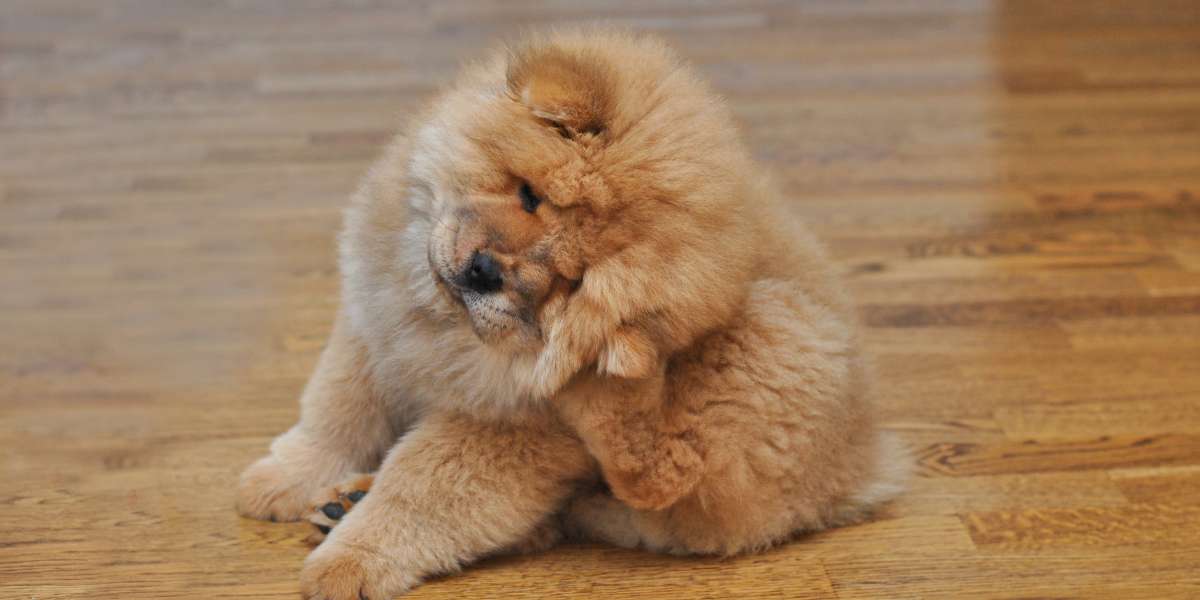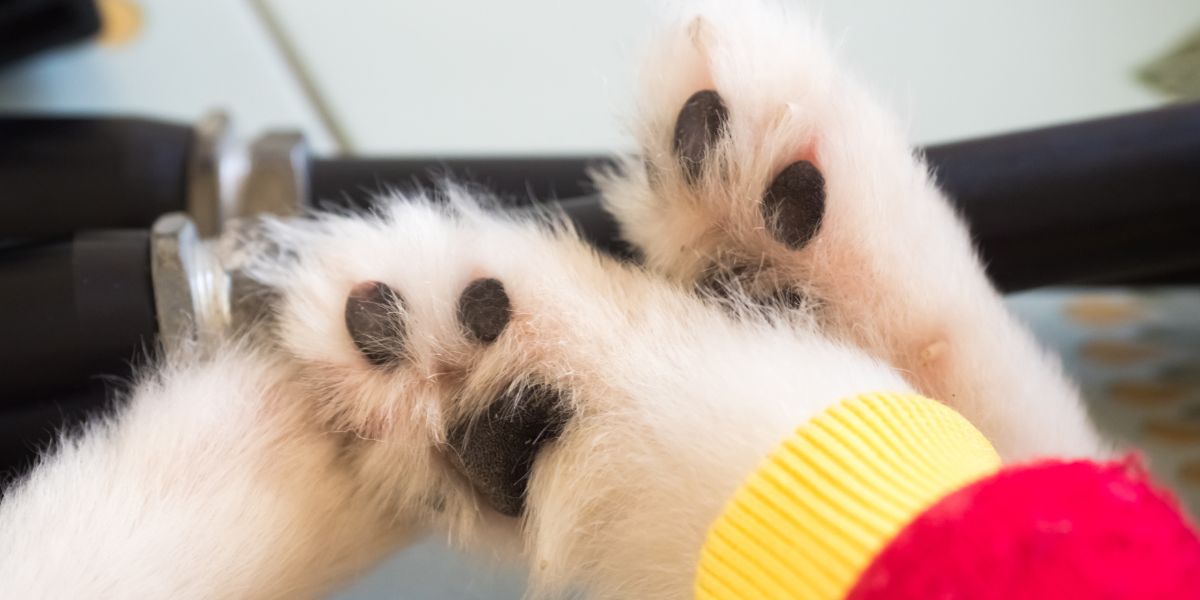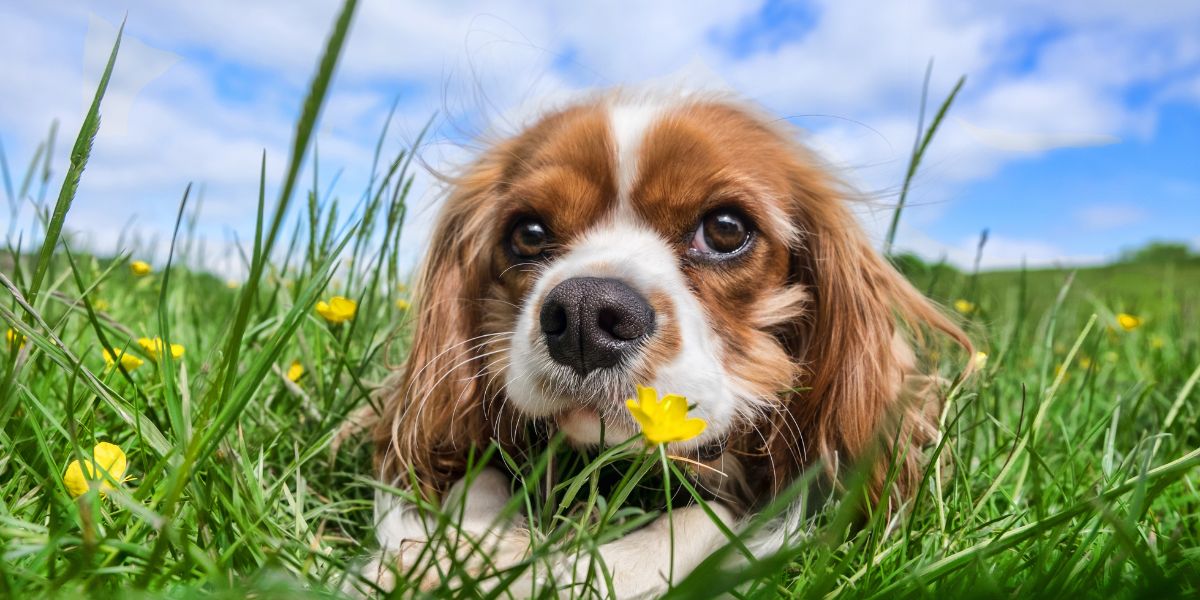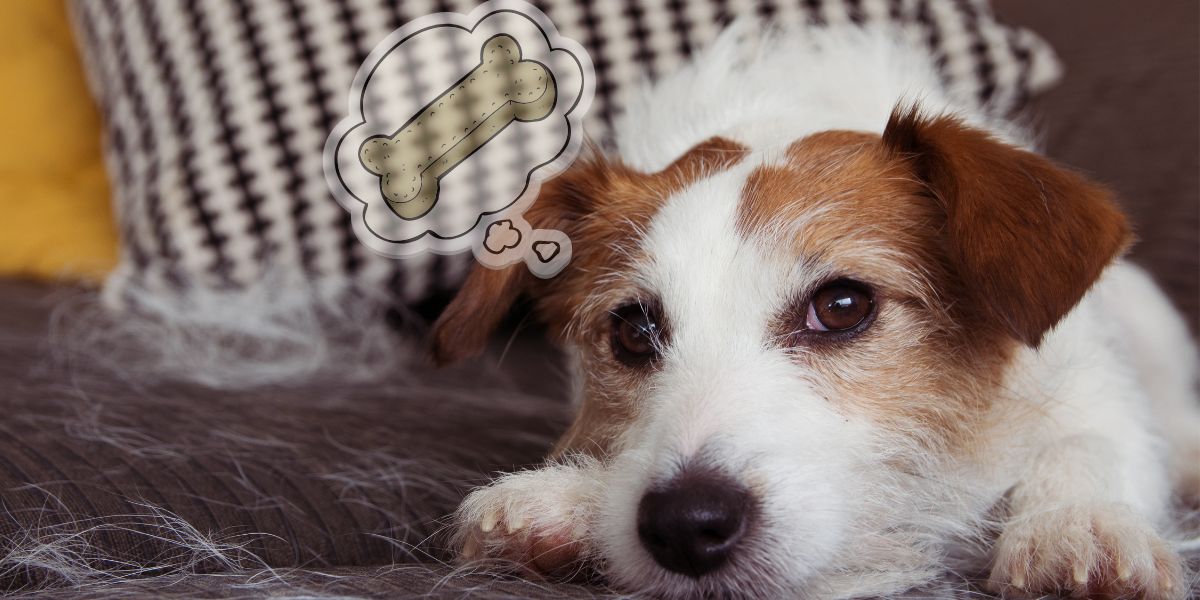Keeping your furry friend free from fleas not only ensures their comfort but also safeguards their health. Regular grooming plays a crucial role in preventing fleas from infesting your dog. Here are some essential tips to incorporate into your grooming routine to help your dog avoid getting fleas.
Regular Bathing:
One of the most effective ways to prevent fleas is by giving your dog regular baths using a gentle, flea-repellent shampoo. Bathing helps remove any existing fleas and their eggs from your dog’s fur, thereby reducing the chances of an infestation. However, be cautious not to over-bathe your dog, as it can strip their skin of natural oils, leading to dryness and irritation.
Brushing:
Frequent brushing not only helps to remove loose fur and dirt but also allows you to inspect your dog’s coat for any signs of fleas or flea dirt (tiny black specks resembling pepper). Use a fine-toothed comb or a specialised flea comb to comb through your dog’s fur, paying close attention to areas such as the neck, behind the ears, and the base of the tail where fleas tend to hide.
Trim Long Hair:
Long, dense fur provides an ideal hiding place for fleas and makes it difficult to spot them. Regularly trim your dog’s hair, especially during the warmer months, to keep it short and manageable. This not only makes it easier to detect and remove fleas but also improves air circulation, which can help deter flea infestations.
Maintain a Clean Environment:
Regularly vacuum your home, especially areas where your dog spends most of their time, such as carpets, rugs, and upholstery. Washing your dog’s bedding and toys in hot water can also help eliminate flea eggs and larvae. Additionally, consider using pet-safe flea sprays or powders in your home to further prevent flea infestations.
Use Preventative Products:
In addition to grooming, using flea preventatives such as topical treatments, oral medications, or flea collars can provide added protection against fleas. Consult with your veterinarian to determine the most suitable flea prevention product for your dog based on their age, size, and health status.
Regular Vet Check-ups:
Schedule regular veterinary check-ups for your dog to monitor their overall health and discuss any concerns about flea prevention. Your veterinarian can recommend specific flea control measures tailored to your dog’s individual needs and provide guidance on maintaining a flea-free environment.
Conclusion:
By incorporating these dog grooming tips into your routine and staying vigilant, you can help prevent fleas from infesting your furry companion. Remember that consistency is key, so make grooming a regular part of your dog’s care regimen to keep them happy, healthy, and flea-free.









